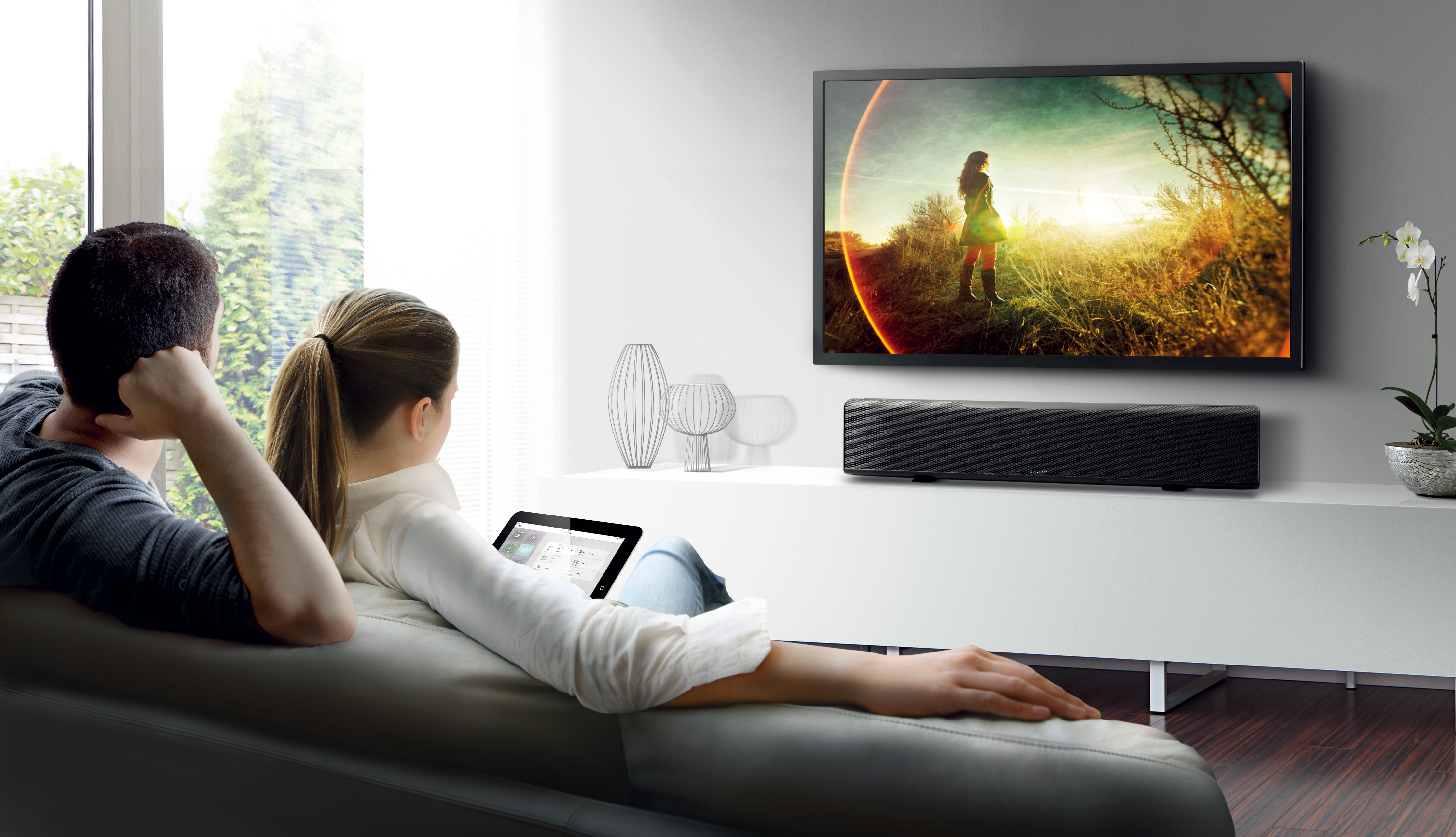Television sometimes shortened to TV or telly the electronic delivery of moving images and sound from a source to a receiver.
Over the years, television has become a world-changing media. Television has brought worldwide events to the homes of all people. These events included music performance, sporting events such as the Olympics and special events such as Presidential elections and one of the most memorable moments on television – the first steps man had on the Moon.
Political discourse and global ambitions were elevated to a new level this decade. The 1960s began with Richard M. Nixon and John F. Kennedy going against each other in a split-screen televised debate, and three years later, breaking news coverage forever changed with Kennedy’s assassination in Dallas.
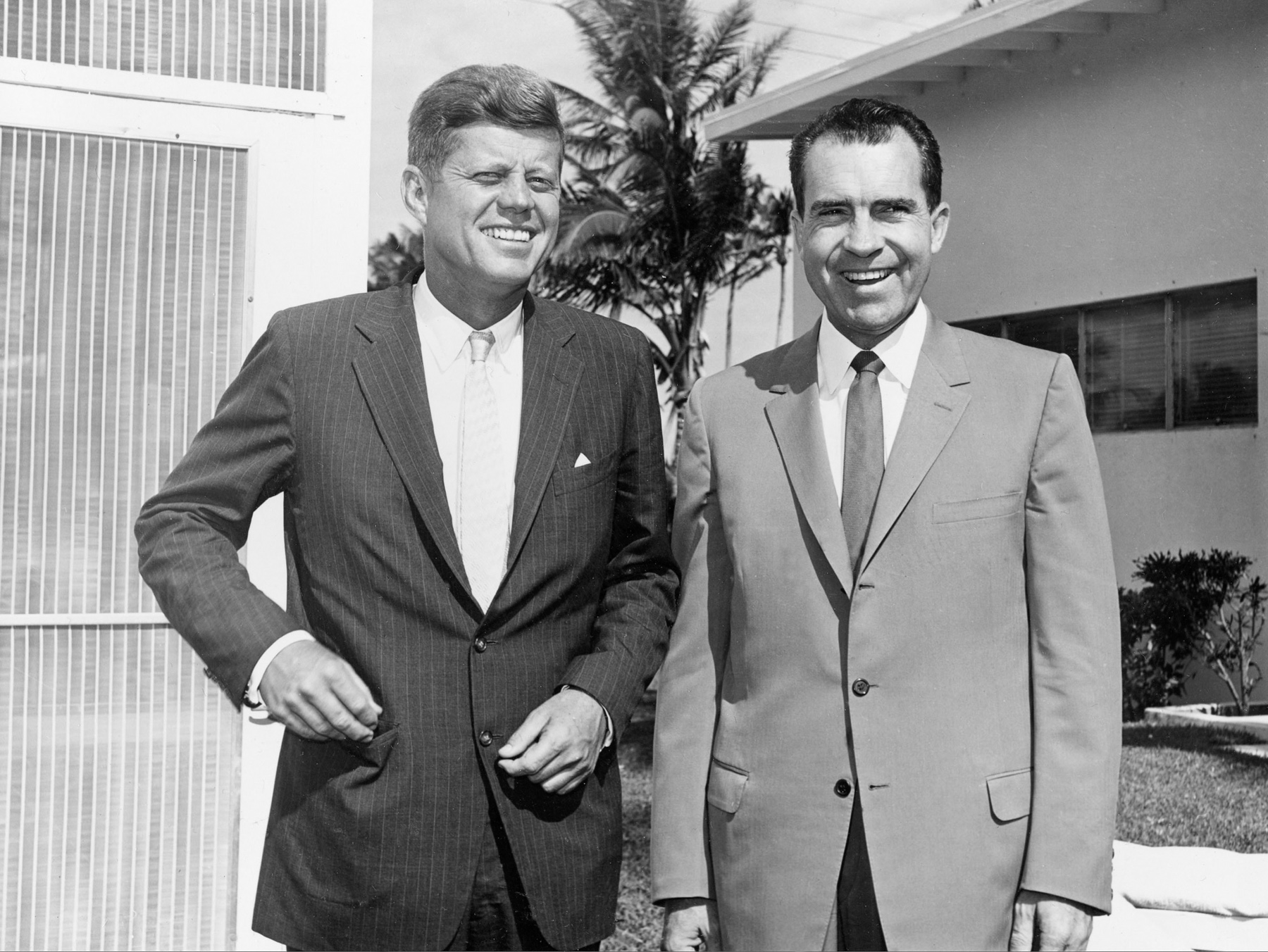
In 1963 for the first time in history, television surpasses newspapers as an information source. In a poll this year, 36% of Americans found TV to be a more reliable source than print, which was favored by 24%.
The first documented usage of the term dates back to 1900, when the Russian scientist Constantin Perskyi used it in a paper that he presented in French at the 1st International Congress of Electricity, which ran from 18 to 25 August 1900 during the International World Fair in Paris.
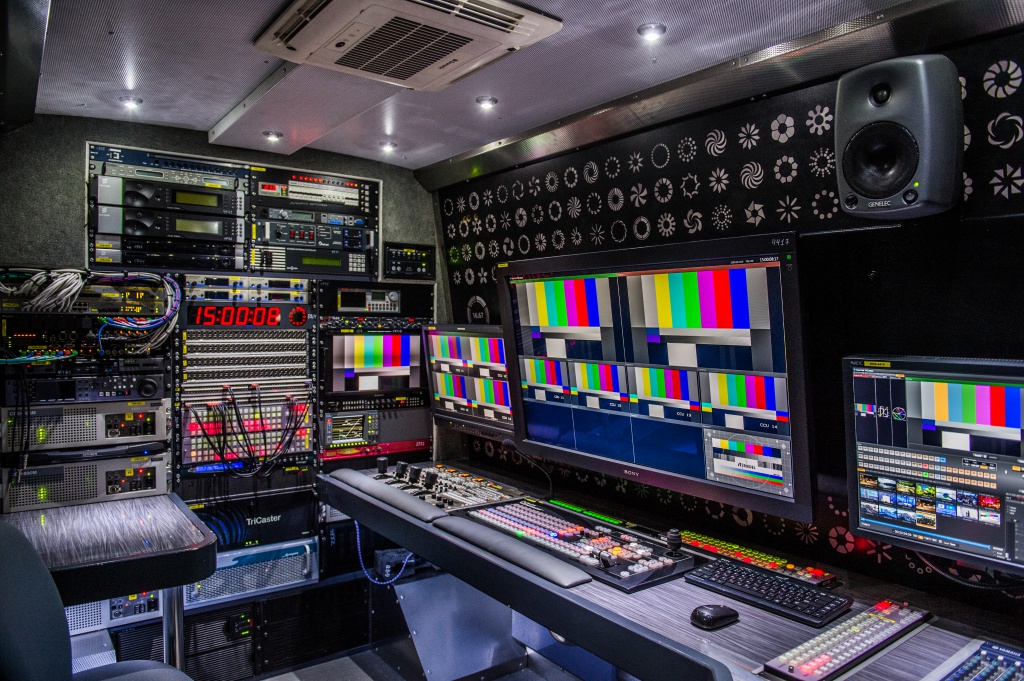
By extending the senses of vision and hearing beyond the limits of physical distance, television has had a considerable influence on society.
Television was not invented by a single inventor. Instead, many people working together and alone over the years contributed to the evolution of the device.

Stereoscopic 3D television was demonstrated for the first time on August 10, 1928, by John Logie Baird in his company’s premises at 133 Long Acre, London. Baird pioneered a variety of 3D television systems using electro-mechanical and cathode-ray tube techniques. The first 3D TV was produced in 1935.
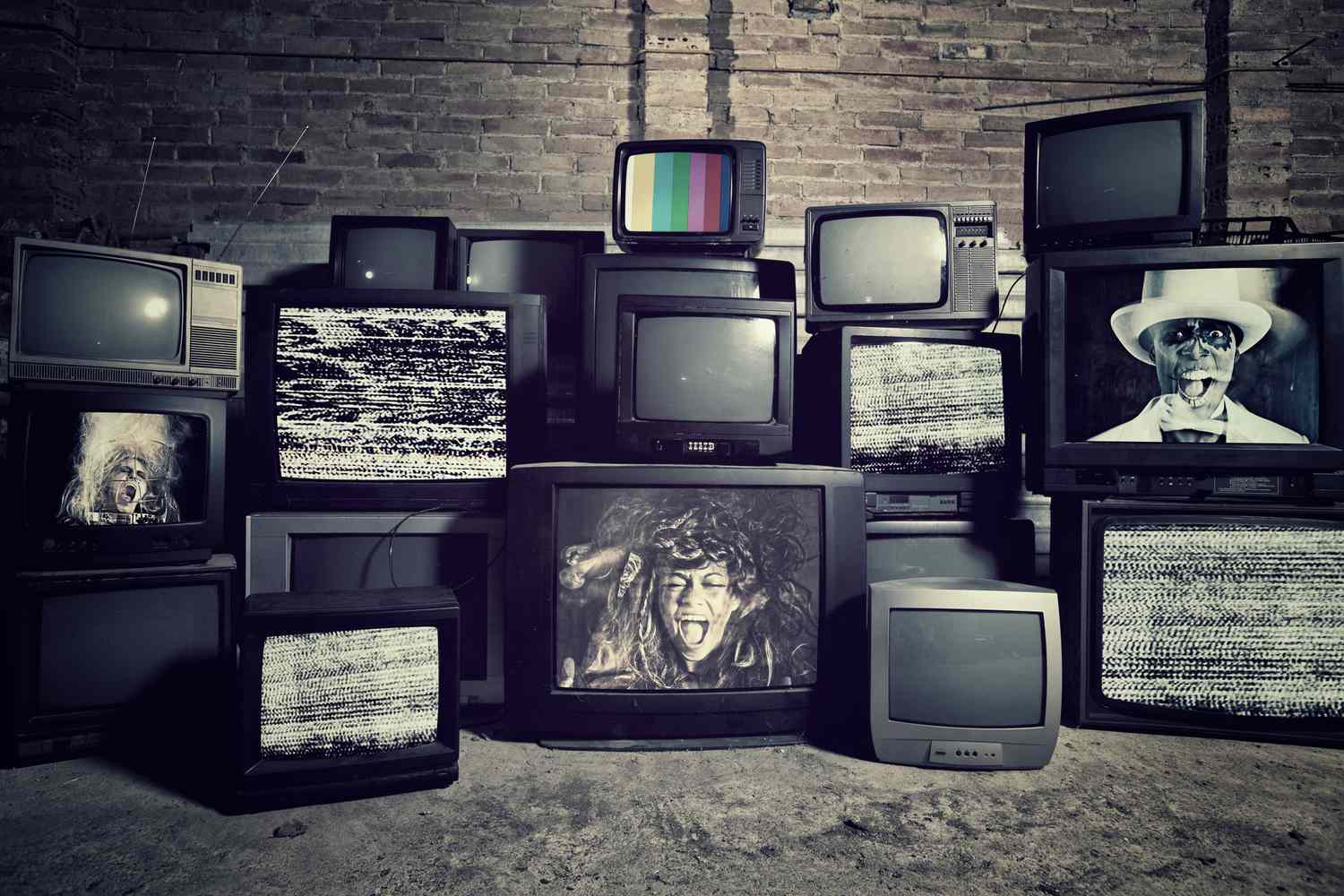
The concept of television began in the late 19th and early 20th centuries, with its roots initially starting from back even in the 18th century.
The first practical transmissions of moving images over a radio system used mechanical rotating perforated disks to scan a scene into a time-varying signal that could be reconstructed at a receiver back into an approximation of the original image.
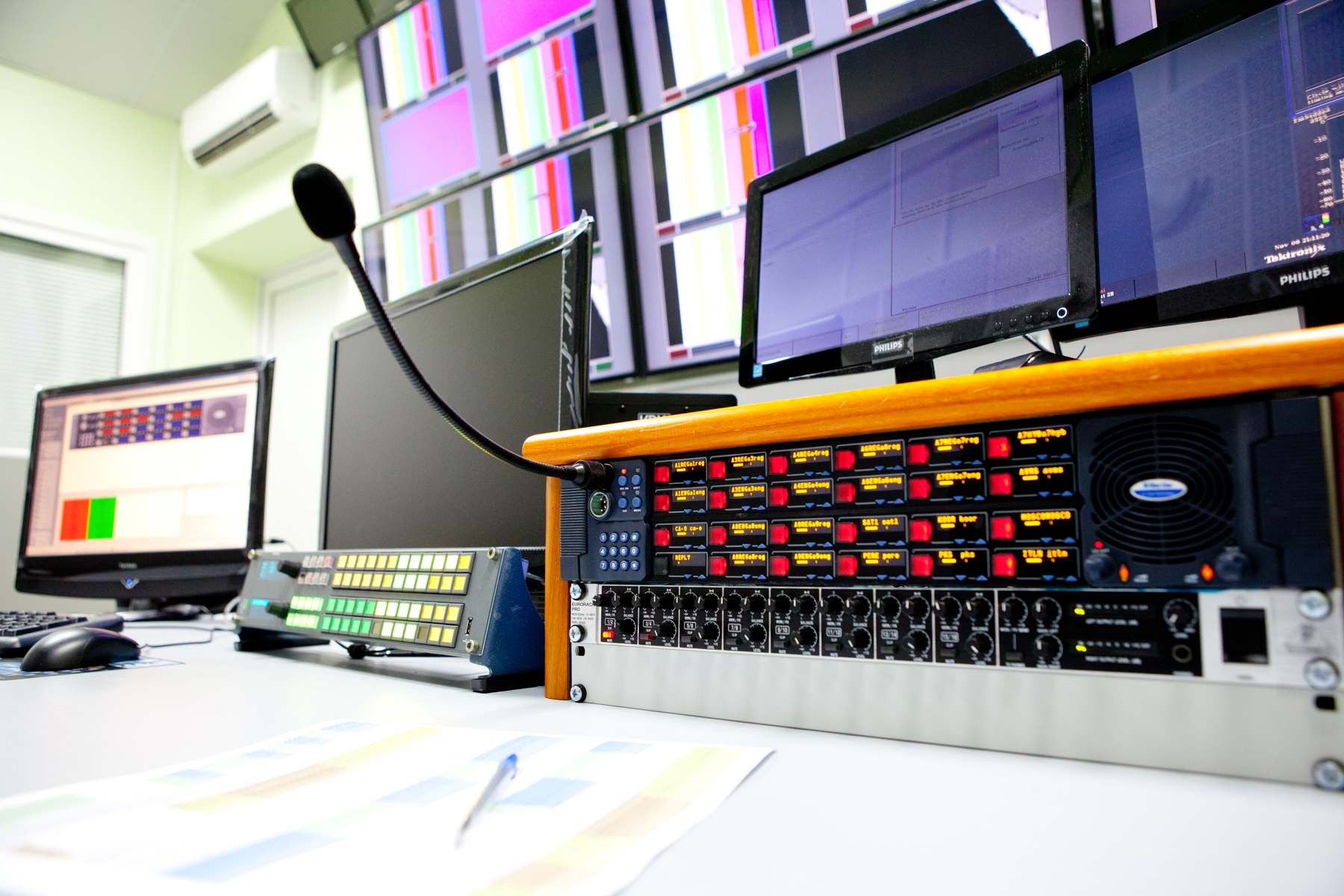
Television became available in crude experimental forms in the late 1920s, but it would still be several years before the new technology would be marketed to consumers.
Development of television was interrupted by the Second World War. After the end of the war, all-electronic methods of scanning and displaying images became standard. Several different standards for addition of color to transmitted images were developed with different regions using technically incompatible signal standards.
